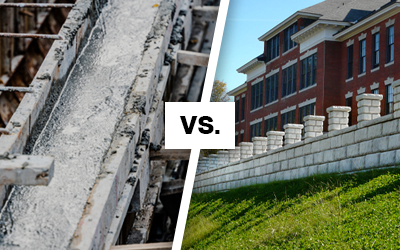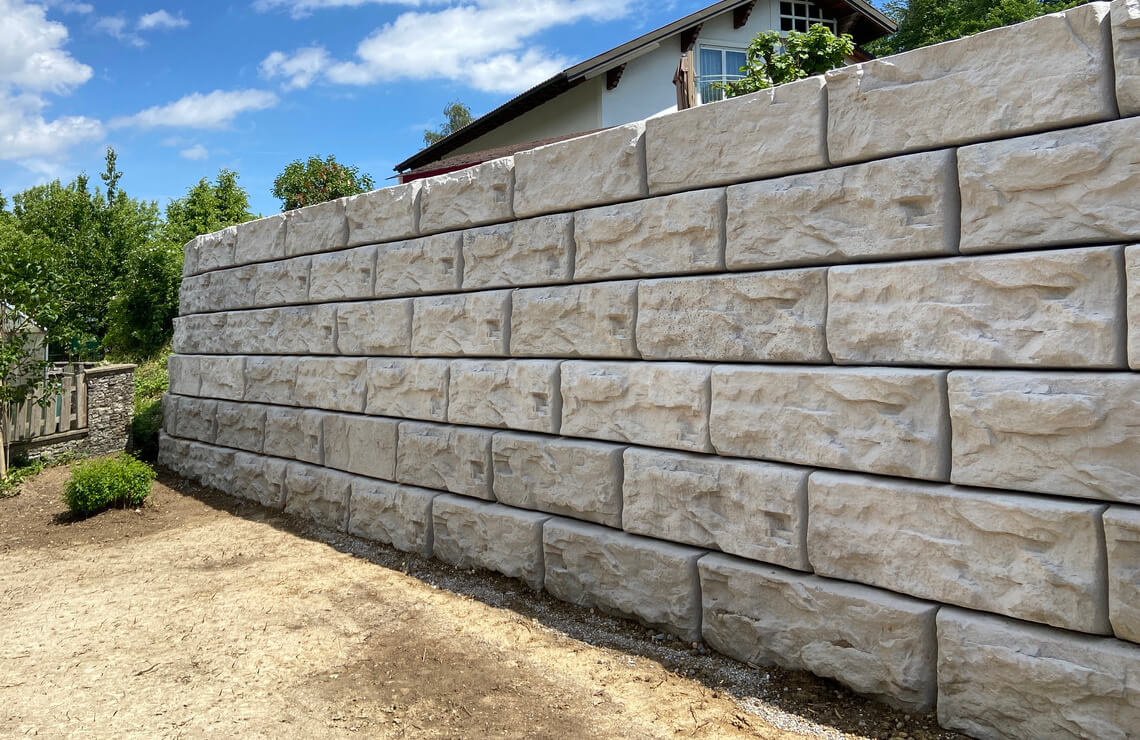MULTIPLE WALL SOLUTIONS FOR ANY SCENARIO
Wall solutions tailored to your specific site challenges, providing optimized designs for any project
Optimize your retaining wall with gravity, MSE/reinforced, freestanding, and hybrid solutions.
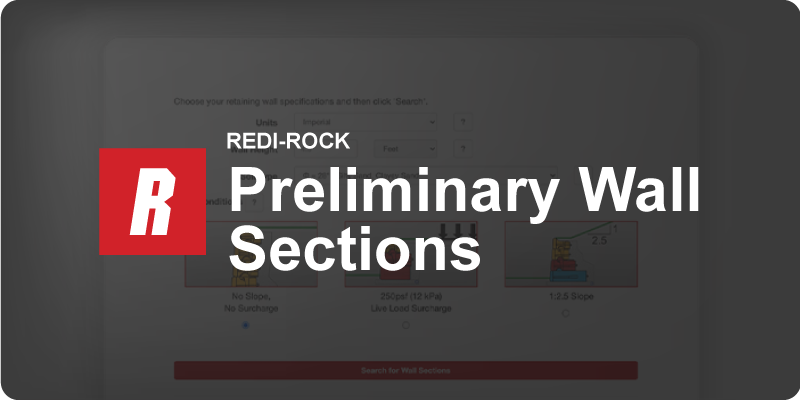
Preliminary Wall Sections
Provide site-specific information to view wall options for your project.
Generate Wall Options
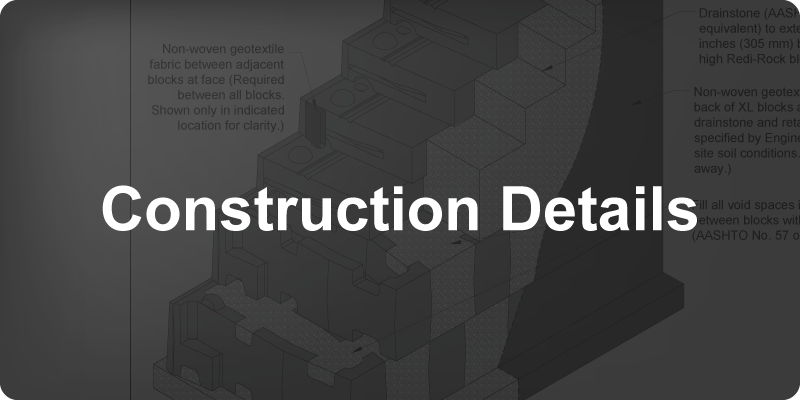
Construction Details
Best practices on corners, curves, batter angles, and more.
Access Construction Details
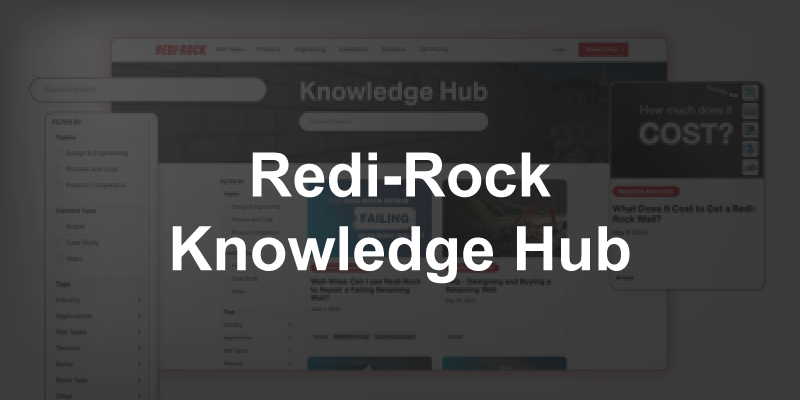
Knowledge Hub
A searchable database for all things retaining walls and Redi-Rock.
Search Knowledge Hub
Straight-From-The-Quarry Textures
Ensure your wall looks as good as it performs with deep, natural-looking textures.
View Photo Gallery
Will Redi-Rock Work For Your Project?
Find My Wall Solution
"We had to change the wall alignment to accommodate a lot of utilities that were very close to the wall ... it was nice to use the Redi-Rock system because there are so many specialized products."

Clint Hines, P.E. JC Hines & Associates
